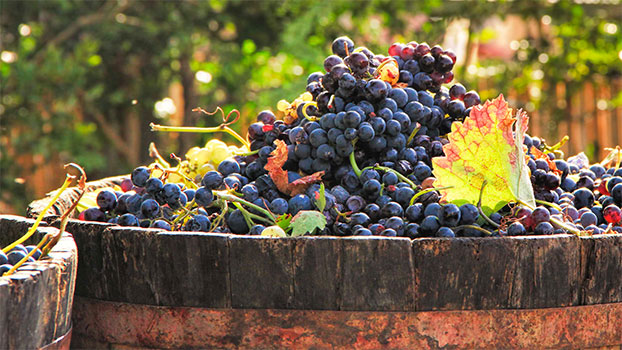
Wine facts continued (25-36)
- Not all wines improve with time. In fact, a vast majority of wines produced are ready to drink and do not have much potential for aging. Only a rare few will last longer than a decade.
- European wines are named after their geographic locations (e.g., Chassagne-Montrachet Morgeot and Bordeaux) while non-European wines (e.g., Pinot Noir and Merlot) are named after different grape varieties.
- Contrary to traditional belief, smelling the cork reveals little about the wine. Instead, if a server or sommelier hands you a cork, you should look for the date and other identifying information (inexpensive wine won’t have these features).
- A wine that has a musty smell, similar to wet cardboard or mould, may mean that the bottle is “corked” (the bottle has a contaminated cork).
- Women are more susceptible to the effects of wine than men partly because they have less of an enzyme in the lining of the stomach that is needed to metabolise alcohol efficiently.
- When Tutankhamen’s tomb was opened in 1922, the wine jars buried with him were labeled with the year, the name of the winemaker, and comments such as “very good wine.” The labels were so specific that they could actually meet modern wine label laws of several countries.
- One ton of grapes produce about 60 cases of wine, or 720 bottles. One bottle of wine contains about 2.8 pounds of grapes.
- The combination of soil type, climate, degree of slope, and exposure to the sun constitutes the terroir of a vineyard and what makes each vineyard and each wine unique.
- Wine skins were a common way to transport wine in the ancient world. Animal skins (usually pig) were cleaned and tanned and turned inside out so that the hairy side was in contact with the wine.
- Traditionally, wine was never stored standing up. Keeping the wine on its side kept the wine in contact with the cork, thereby preventing the cork from drying, shrinking, and letting in air. However, wine can be stored vertically if the bottle has an artificial cork.
- A standard glass of dry red or white wine contains around 110 calories. Sweeter wine has more calories.
Don’t worry we have another page of awesome wine facts to go!